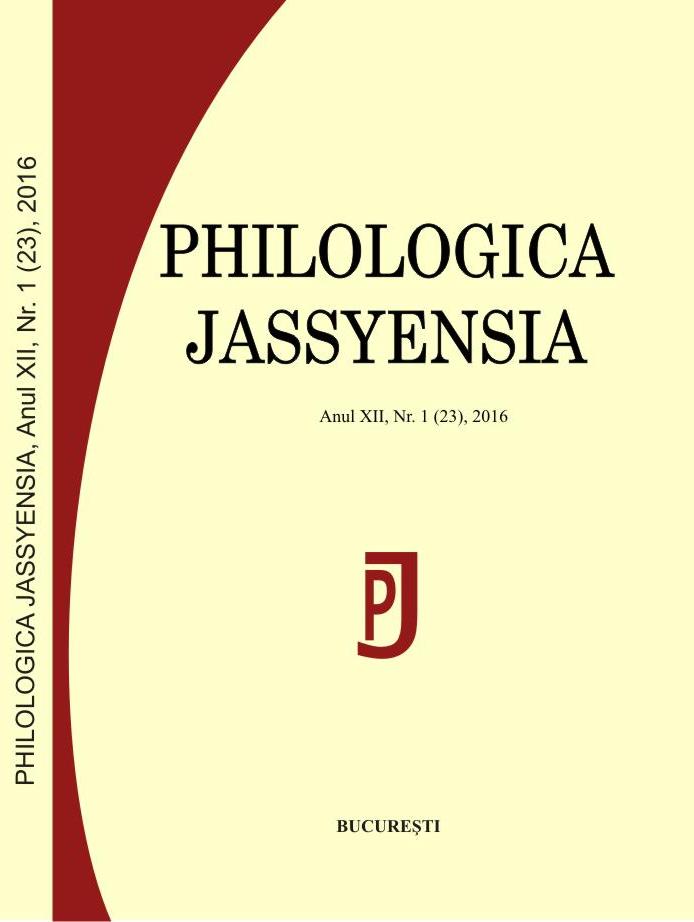Guillaume Apollinaire’s Influence on Rastko Petrović’s Reflections about the Truth in Artistic Creation
Guillaume Apollinaire’s Influence on Rastko Petrović’s Reflections about the Truth in Artistic Creation
Author(s): Diana PopovićSubject(s): Language and Literature Studies
Published by: Editura Tracus Arte
Keywords: Rastko Petrović; Guillaume Apollinaire; essays on art; art criticism; twentieth century art; artistic truth
Summary/Abstract: Apollinaire’s thoughts concerning the aesthetics of visual arts appeared in a specific artistic milieu, which was established in Paris in the early years of the twentieth century. Numerous exhibitions, poetic soirees and concerts were organized by promissing young artists who would soon afterwards leave a considerable mark in the art history and become part of painters’ and poets’ elite. Among them were yet unknown, but rising artists like Picasso, Duchamp, Dalì, Cocteau and others, and also Apollinaire, who actively took part in introducing a “new spirit of the times” (in French “l’esprit nouveau”), as he prophetically called the new atmosphere in Parisian artistic circles. In this epoch artists turned to the idea that a piece of art is multi-faceted and has syncretic character. In other words, it allows that aesthetics of different arts is permeate each other. So, poets and novelists were showing great interest in plastic arts getting to the point that they endeavoured to adopt principles of those arts in their poems or other literary creations. The aesthetic of visual i.e. figurative arts in general has been considerably transformed. (the new art had tendency to be dissociated from the mimetic principle), which was ecnouraging for poets, musicians or dancers to leave rigid traditional forma of expression and/or replace them with new ones, much more innovative. In that period art was in a process of mutation, turning to a new direction, which implied increased freedom of artistic expression.The boundlessness of artistic expression, as a basis for the aesthetic of the “new art” (“l’art nouveau”), has been taken from the aesthetic of black African plastic. The artists in Paris enthousiastically accepted artefacts originated in Oceania, discovering their perfect clarity of expression. Apollinaire as one of supporters of the “new art”, considered that a way toward pure artistic expression and artistic truth has to go through a serious analysis of complex internal relations existing in a piece of art itself. That process requires a mental effort (such as decomposition of artistic elements before approaching to a piece of art as a whole unit) in order to comprehend the idea of the artistic truth. That is to say that the “new art” was on the way to abstraction.Among many of Apollinaire’s admirers who were more or less influenced by his ideas about the aesthetic of visual arts, was the great Serbian novelist, lyric poet, literary and art critic and also diplomat Rastko Petrović (1898–1949), whose aesthetic positions and artistic criteria, for his critical essays on art as well for his literary writing, were based on Apollinaire’s reflections about the value of African art. He mostly varies and widens Apollinaire’s standpoint and partially differs from it, such as when he considers the question of truth in the artistic work.When Apollinaire is talking about the truth in the work of art, he examines it within three virtues (purity, unity, truth) which he attributes also to the fire (taken as a symbol of painting and visual arts). He emphasizes that the artistic truth can multiply itself, and that is what gives to the art its special strength over common, quotidian reality. Petrović agrees with this remark and underlines the fact that unlike reality an artefact is more meaningful – it is related to deeper content, in one word it is more real and represents a cosmos in itself. In comparison to Apollinaire’s short definitions, Petrović’s reflections go further with explanations, but always following Apollinaire’s main concept, even when he introduces the notion of falsehood (lie). He connects it with a process of the artistic creation (falsehood as generator of imagination) and he observes it as means for achieving the artistic truth (falsehood as distancing from the truth and from the reality).
Journal: Philologica Jassyensia
- Issue Year: XII/2016
- Issue No: 1 (23)
- Page Range: 263-270
- Page Count: 8
- Language: English

